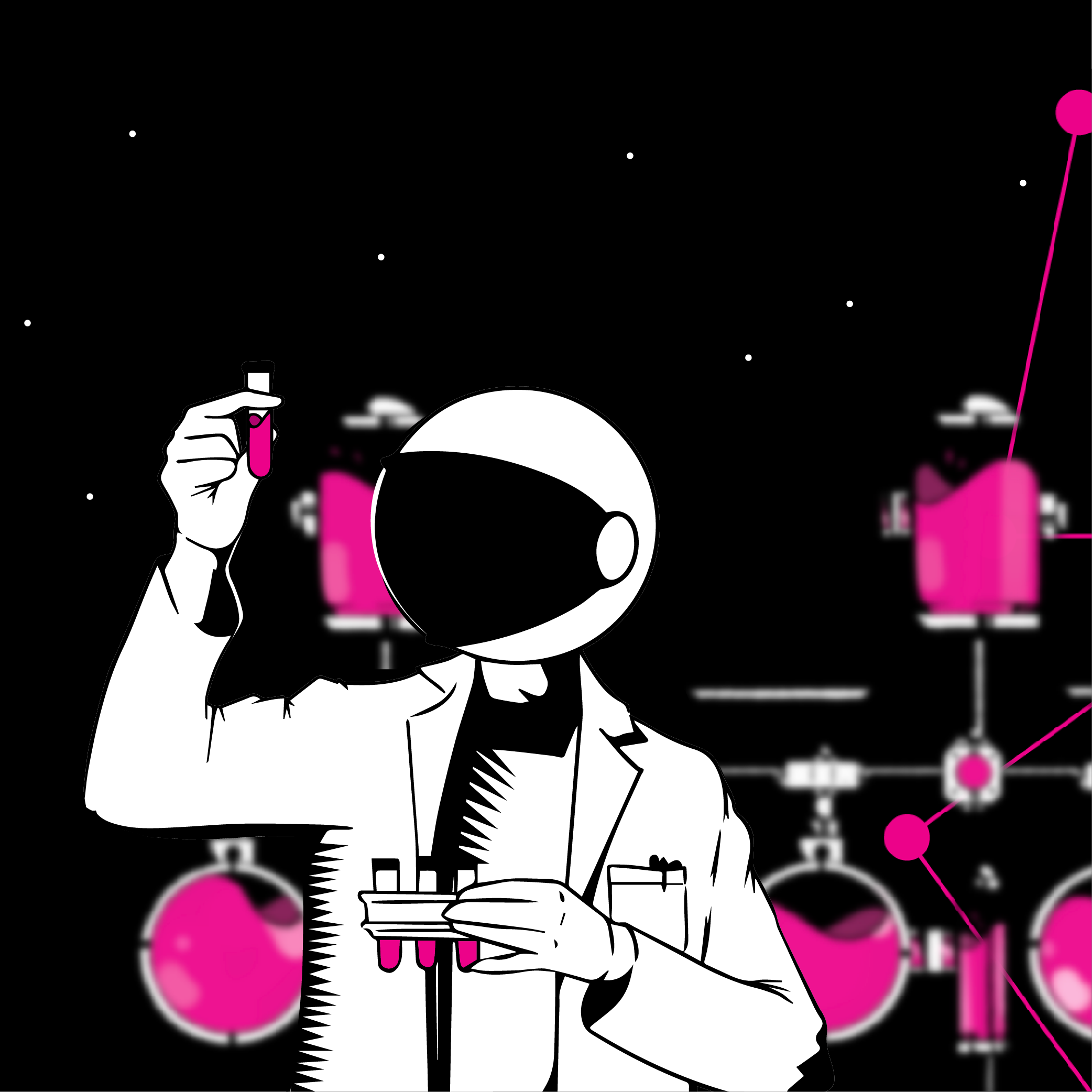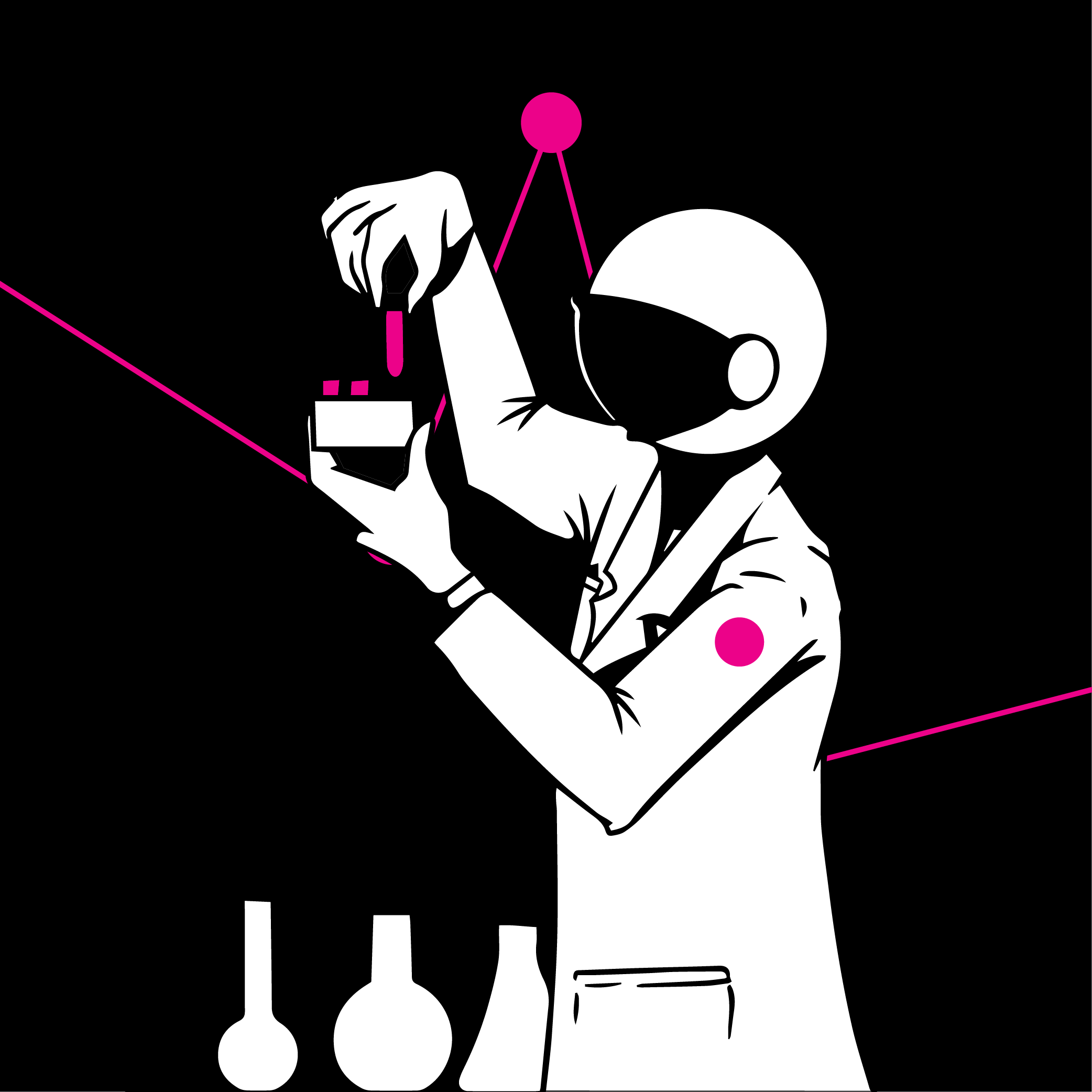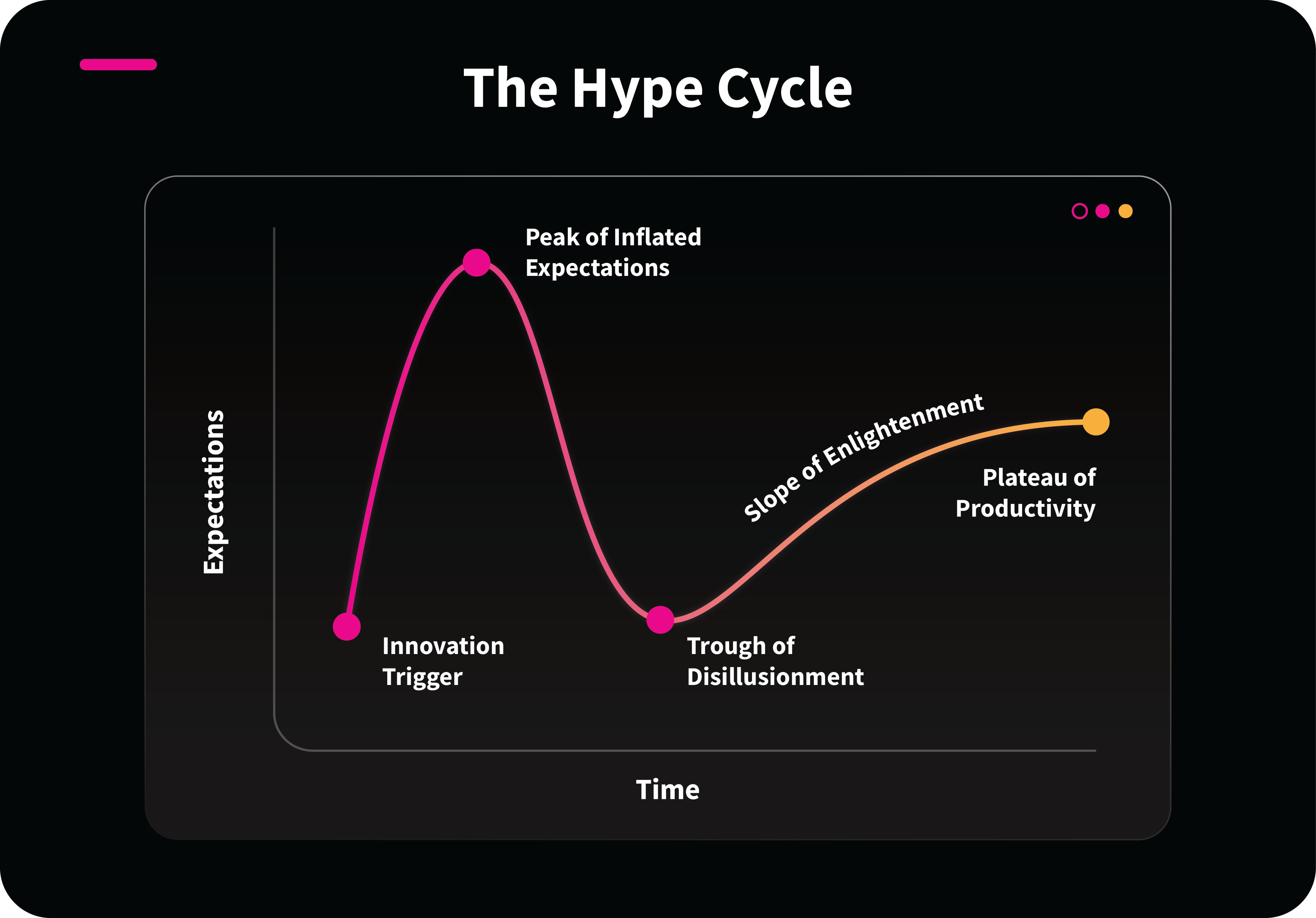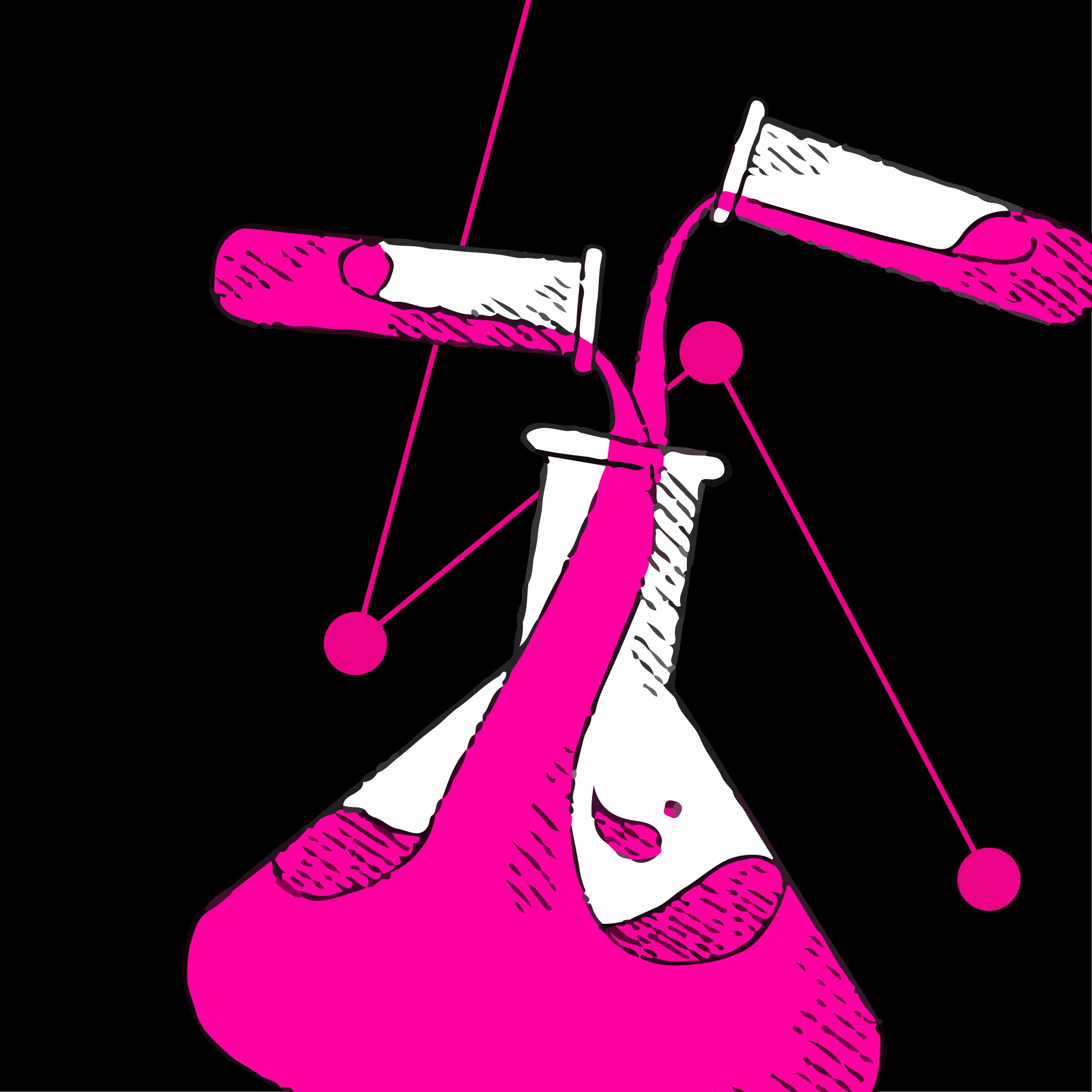TLDR: How is AI transforming marketing operations? Some platforms are integrating AI tools directly, while others are allowing user communities to develop add-on solutions. The winners of this race will be those who integrate AI effectively, while the losers risk missing out on market shifts. We are at a crucial turning point in AI tools for B2B, and embracing AI is vital for staying competitive.
Ready. Set. Go!
It’s not a space race. It’s more of a 5000-meter race – and we’re on the first lap with 12 more to go. A couple of runners have pulled out ahead and the rest of the field is figuring out what to do.
Salesforce and HubSpot are incorporating AI assistant tools into their platforms to enhance user experience, ease the learning curve, and prevent users from seeking alternative AI solutions. Adobe has doubled down on the creative side, but we’re not sure what’s in store for platforms like Marketo.
“It’s clear now that AI has started to transform business.”
It’s clear now that AI has started to transform business. Tasks that used to require expert knowledge and hours to complete can now be done quickly and efficiently by AI.
Which Course?
There are two routes for platforms to take. The first is to integrate AI directly into the platform (like HubSpot), and the second is to allow user communities to develop add-on solutions or APIs to integrate AI enhancements.
The Winners?
So far, it’s elbows up around the first corner of the track, with HubSpot and Salesforce quickly integrating AI functionality – but it’s too early to tell who will win this race.
Whoever comes out on top will have to overcome the following key issues:
1. The power of status quo. In today’s MOPs landscape, it is very hard to disrupt the status quo. Convincing organizations to shift marketing automation platforms requires a significant cost benefit.
2. Patience. It’s reasonable to be optimistic that all platforms will eventually integrate AI into their offerings. But the real question is, will users be patient enough to wait for their current platform to add AI enhancements, or will they turn to another platform that does it first?
3. Early adoption. Platforms must communicate that those who embrace AI early on will likely be well-situated for future shifts and evolutions in how we do our work. MOPs professionals should welcome a world where repetitive, low-value tasks are eliminated – it’s very likely that AI will accelerate MOPs work for the foreseeable future.
The Losers?
This is even harder to predict. But it’s safe to say those who are slower to embrace AI are most likely to lose out or miss important market shifts.
“Those slower to embrace AI are most likely to lose out or miss important market shifts.”
Consider this scenario: a mid-market company has made an acquisition and is deciding between two marketing automation platforms to standardize on. Given that one platform has strong AI capabilities that increase efficiencies and lower costs to operate, and the other platform does not, it would seem like an easy choice.
What about the experts? All around, the speed at which work can be completed will increase. The losers will likely be those who are last to adopt and integrate AI into their systems and processes.
The Gamblers?
There are tremendous opportunities today for many to build third-party add-ons that integrate AI functionality into these platforms like Marketo.
For example, at RP we’ve created some AI content personalization add-ons that are really promising. The question is, how far do we have to go and will this feature be replaced by official platform integrations?
That’s the million-dollar question that everyone wishes they had a crystal ball to answer.

What are the next steps?
As we know, it’s still very early – the race has just entered the first corner.
And while it’s easy to become fatigued by the inflated expectations and relentless hype of AI, we’d be doing ourselves a disservice if we didn’t try our best to stay optimistic, open-minded, and up-to-date.
Because the reality is: we are at a crucial turning point in AI tools for B2B.
Our work is going to change, and we must change with it.










